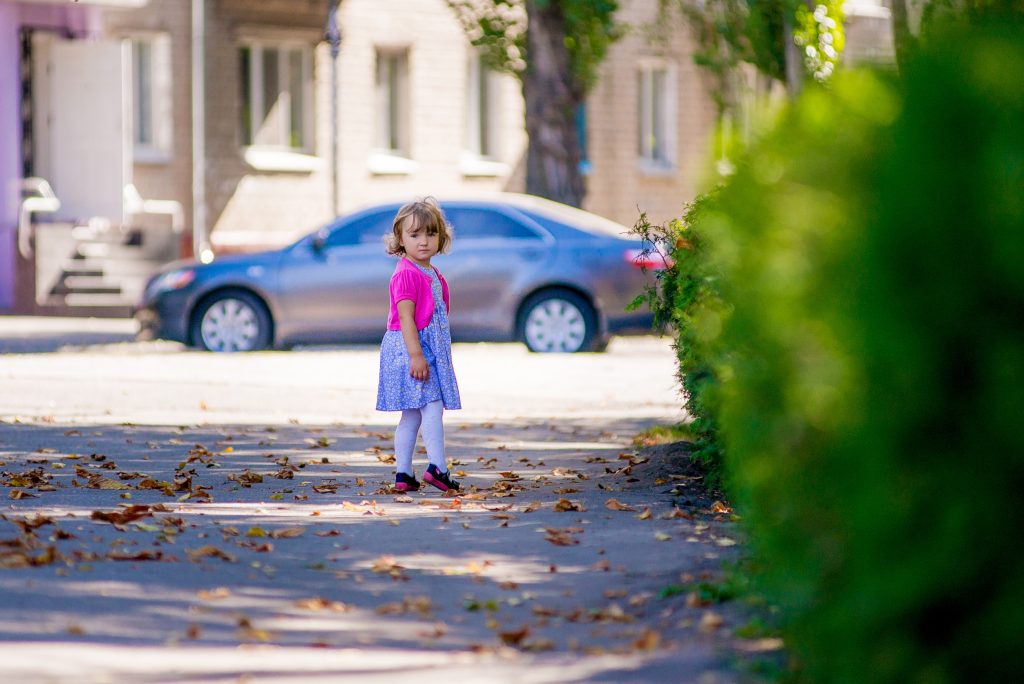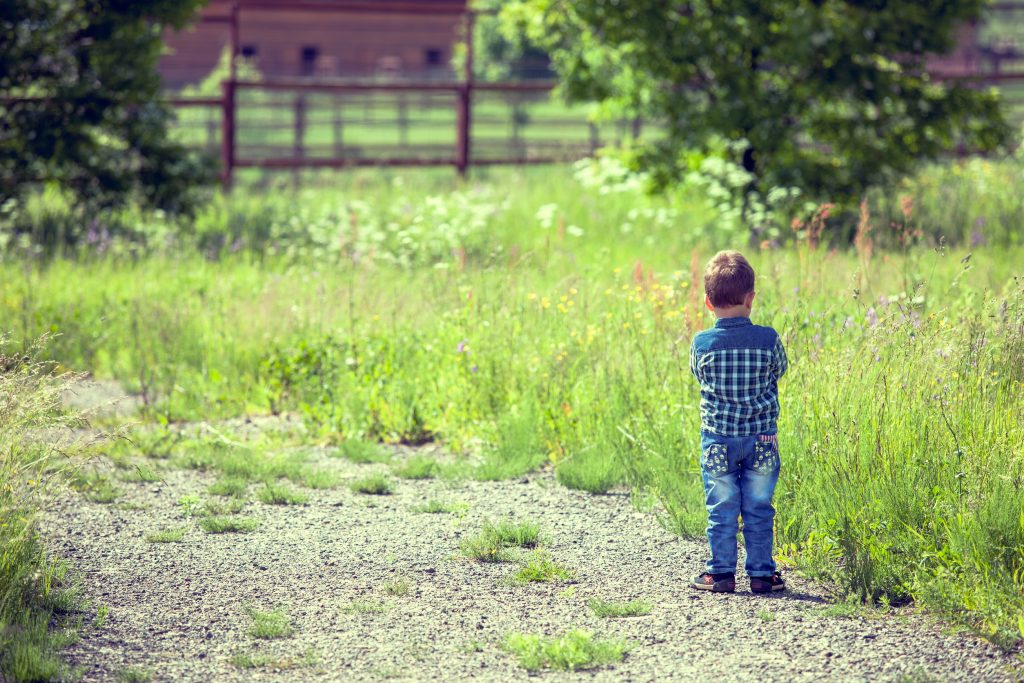
It starts off like a kind gesture—someone approaches offering to help you with something small: pumping your gas, fixing a loose tire, or alerting you to something wrong with your car. But in many cases, these helpful strangers are far from kind. A growing number of incidents involve what’s known as the gas station “Good Samaritan” trick, and parents need to be extra alert—especially when kids are in the car. This scam plays on your sense of trust and distraction, often leaving you vulnerable to theft, danger, or worse.
1. What Is the Gas Station “Good Samaritan” Trick?
This scam typically begins with someone offering to help in a moment that seems harmless or routine. They might say your tire looks flat, that your gas cap is missing, or that they saw something fall off your vehicle. While your guard is down and you’re focused on their concern, an accomplice may sneak around to steal from your car or even lure your attention further from your kids. It’s called the gas station “Good Samaritan” trick because it mimics helpfulness while hiding harmful intent. The scammers rely on the chaos of a busy gas station and your desire to keep things moving.
2. Why Parents Are Targeted More Often
Parents, especially those traveling with young kids, are frequently targeted by scammers using the gas station “Good Samaritan” trick. Why? Because parents are multitasking—watching kids, pumping gas, checking directions—and are more likely to be distracted. The more your attention is divided, the easier it is for someone to take advantage of the situation. Criminals often assume that a parent’s priority will be the safety of their children, and they use that to shift your focus. Unfortunately, that distraction gives them just enough time to open a door, snatch a purse, or access the vehicle.
3. Common Tactics Used by Scammers
There are a few specific methods scammers use under the gas station “Good Samaritan” trick umbrella. One involves dropping something near your feet or under your car to get you to bend down and look away. Another is a tap on your window with a friendly smile and a warning like, “Your rear tire is really low.” In some cases, scammers even pose as gas station employees to gain your trust. They may also point out a fake oil leak or act concerned about smoke that doesn’t exist. All of these are designed to get you out of the car or away from your kids.
4. Red Flags to Watch For
Not all help is suspicious, but there are key red flags to look out for. Be wary of overly friendly strangers who approach you directly and uninvited, especially if they’re trying to draw your attention away from your car. If someone insists on helping even after you politely decline, that’s a big warning sign. Watch for people working in pairs or groups—one talking while another circles the car. If something about the interaction feels off or forced, trust your gut. The gas station “Good Samaritan” trick relies on your hesitation to be rude or cautious.
5. How to Protect Yourself and Your Kids
There are a few simple steps you can take to stay safe. First, always lock your car doors, even while pumping gas. Keep your valuables out of sight and never leave your purse, phone, or wallet on the passenger seat. If someone approaches, speak through a cracked window and remain aware of your surroundings. Politely decline unsolicited help and trust your instincts—if something feels wrong, it probably is. Teach your kids to stay buckled or close to you while at the pump, and if you ever feel unsafe, go inside the station or drive to a more secure location.
6. What to Do If You’ve Been Targeted
If you suspect someone has tried to scam you using the gas station “Good Samaritan” trick, document what you can. Write down descriptions, license plate numbers, and the time and location. Notify the gas station staff and contact local authorities, even if nothing was stolen—your report could help prevent future incidents. If anything is missing from your vehicle, alert your bank, freeze credit cards, and file a police report immediately. Don’t hesitate to speak up; even a near-miss deserves attention.
7. Teaching Kids About Stranger Safety—Even at the Pump
Kids often see gas stations as boring stops or chances to ask for snacks, but it’s important to teach them that these places come with safety rules too. Practice scenarios together and explain why they should stay in their seats, keep doors closed, and avoid opening windows. Let them know that not every adult who approaches the car has good intentions—even if they seem nice. Discussing the gas station “Good Samaritan” trick in an age-appropriate way helps build awareness without fear. Empowered kids are safer kids.
Staying Alert Is the Best Defense
Gas stations should be a routine stop, not a dangerous one. But awareness is key when it comes to protecting your family from subtle but serious scams. The gas station “Good Samaritan” trick preys on kindness and distraction—two things parents have in abundance. By staying alert, trusting your instincts, and teaching your kids what to watch for, you can keep your family safer with every stop.
Have you ever encountered a suspicious situation at a gas station? What steps do you take to stay alert when your kids are with you? Share your tips in the comments.
Read More:
School Is In Session! Protect Yourself From Scams
10 Dangerous Activities Your Kids Are Participating In Online
Catherine is a tech-savvy writer who has focused on the personal finance space for more than eight years. She has a Bachelor’s in Information Technology and enjoys showcasing how tech can simplify everyday personal finance tasks like budgeting, spending tracking, and planning for the future. Additionally, she’s explored the ins and outs of the world of side hustles and loves to share what she’s learned along the way. When she’s not working, you can find her relaxing at home in the Pacific Northwest with her two cats or enjoying a cup of coffee at her neighborhood cafe.











